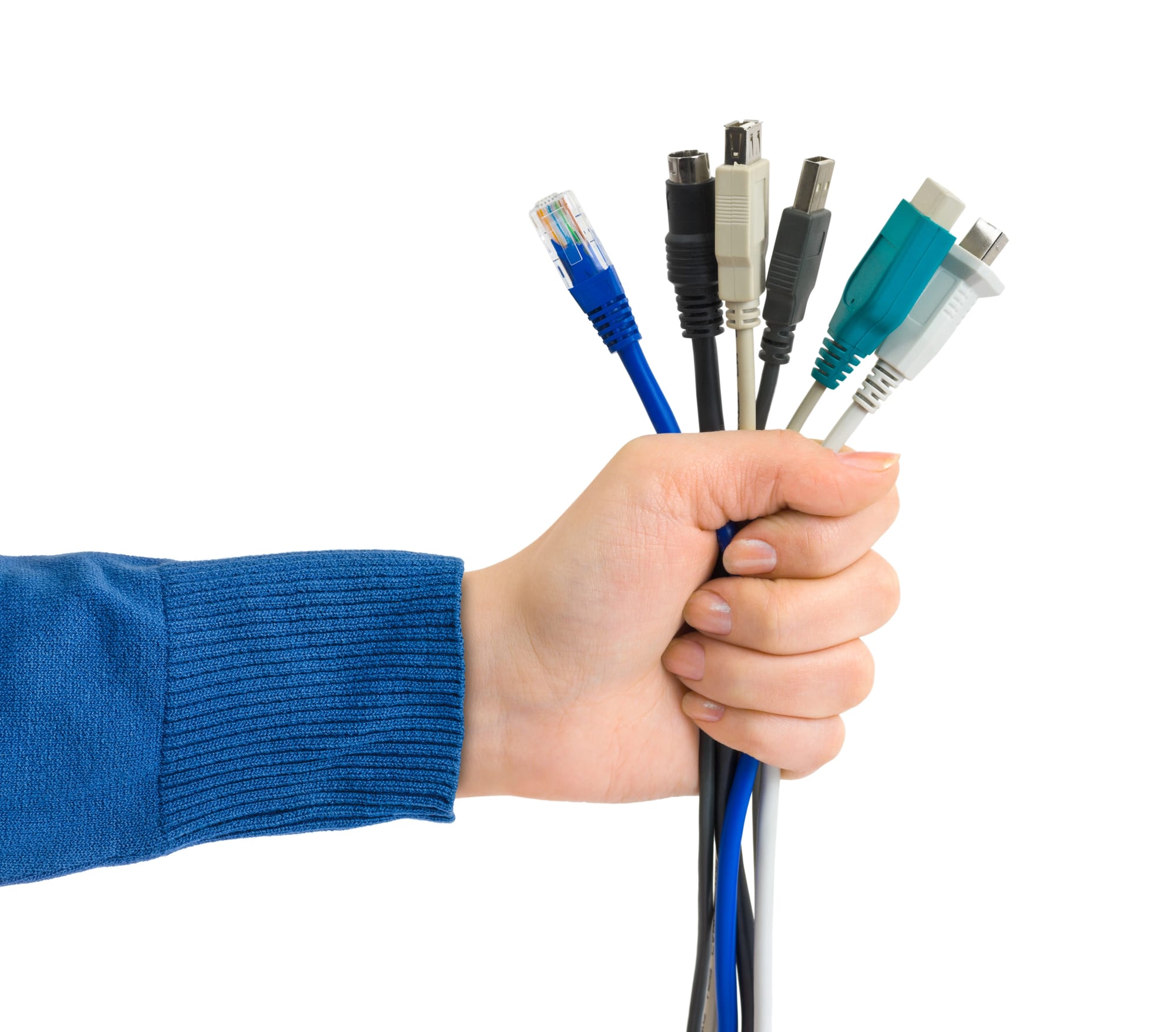Cables Behind Confidence: Why Organized Dental IT Cabling Reflects Professionalism
When patients walk into your dental practice, their confidence starts forming before you ever speak. It’s not just about your certifications or your chairside manner—it’s about the environment. Sleek, clean, and professional spaces create trust. And nothing undermines that faster than a jungle of tangled wires beneath the reception desk or peeking out behind an operatory monitor.
Organized dental IT cabling isn’t just a tech issue. It’s a professionalism issue.
Whether it’s dental computer cabling that keeps your treatment room equipment synced or the network lines running your imaging software, the way you manage your cabling says a lot about how you run your practice. In fact, the connection between clean cabling and patient trust is stronger than most people realize.
First Impressions Are Technical and Visual
You already know how critical first impressions are. Patients notice clutter. And yes, that includes cables. When cords are labeled, routed properly, and hidden from sight, it signals control and care. When they’re tangled, dusty, or trailing across the floor, it raises red flags—consciously or not.
Why does this matter? Because dental offices deal with highly sensitive tasks, such as diagnostics, surgical precision, patient safety, and data privacy. A sloppy IT setup—even something as simple as a mess of wires—suggests things might be slipping through the cracks.
Clean dental computer cabling visually reinforces a clean bill of health. It communicates to patients that your practice is modern, efficient, and detail-oriented—exactly the kind of place they can trust with their care.
Technical Reliability Starts With Infrastructure
Beyond appearances, tangled or poorly managed cabling is a technical liability. Disorganized dental IT cabling increases the risk of:
- Network downtime
- Equipment failure due to unplugged or damaged cables
- Longer troubleshooting time during dental IT maintenance
- Safety hazards, including trip risks or electrical shorts
When your entire practice depends on real-time imaging, EHR access, and reliable diagnostics, downtime isn’t just inconvenient—it’s costly. Every minute a sensor won’t connect or a server loses signal is a disruption in patient care and workflow.
Structured, labeled, and concealed dental computer cabling reduces these risks. Technicians can perform faster, more accurate dental IT maintenance when they’re not guessing which wire goes where. And automated systems—from appointment software to digital x-rays—run smoother when everything is connected properly and consistently.
Hidden Doesn’t Mean Forgotten
Some practices make the mistake of hiding wires behind furniture and calling it a day. But concealment isn’t the same as organization. In fact, hiding cables without labeling or routing can make problems worse when something inevitably goes wrong.
Professional dental IT cabling setups include:
- Labeling every cable at both ends
- Color-coded systems for easy identification
- Cable trays, sleeves, and mounts for safety and concealment
- Centralized cable management panels or server racks
These systems don’t just hide wires—they maintain order. This is what IT professionals look for when performing routine dental IT maintenance. It saves time, reduces risk, and makes your systems future-proof.
The Credibility Equation: Appearance + Performance
In dentistry, credibility is everything. Patients trust you to perform precise procedures in sensitive areas. That trust should extend to your entire environment, including your technology.
Think of it this way:
Visual Appeal + Technical Reliability = Professional Credibility
When a patient sees clean surfaces, silent tech, and no visible chaos, they assume the back-end matches. When that clean environment is supported by reliable systems that never glitch or delay, their confidence turns into loyalty.
It’s the same with your staff. Hygienists and assistants shouldn’t have to crawl under desks or trace cables when something stops working. A clean dental computer cabling setup empowers your team to focus on care—not cable confusion.
Future-Proofing Your Practice
Dental technology evolves fast—new software, new imaging equipment, and cloud-based systems require constant upgrades. If your cabling is a mess today, adding new systems tomorrow becomes a nightmare.
Well-organized dental IT cabling:
- Simplifies upgrades and additions
- Reduces downtime during system transitions
- Makes compliance checks easier
- Supports scalability if your practice expands
In short, it’s an investment in growth. It keeps you nimble, efficient, and ready to take on whatever tech comes next.
Small Detail, Big Message
Some see cable management as a back-office concern. But in a dental office, it’s part of the bigger message you send: “We’re in control. We’re prepared. We care about every detail.”
In an industry where trust is everything, even the smallest visual cue matters. Dental IT cabling might be behind the scenes, but the confidence it builds is front and center.
So the next time you’re reviewing your office layout or scheduling dental IT maintenance, take a moment to look under the hood—literally. Your cabling might be sending a louder message than you think.
Need a second opinion on your setup?
Consider having your dental computer cabling assessed by a professional who specializes in dental IT. A few small adjustments today could mean smoother operations—and stronger patient trust—tomorrow.
Ready to Clean Up Your Cabling?
Priority Networks specializes in organized, secure, and professional dental IT cabling solutions that keep your practice running smoothly—and looking sharp. From full cable management systems to ongoing dental IT maintenance, we make sure your tech setup reflects the quality care you deliver.




